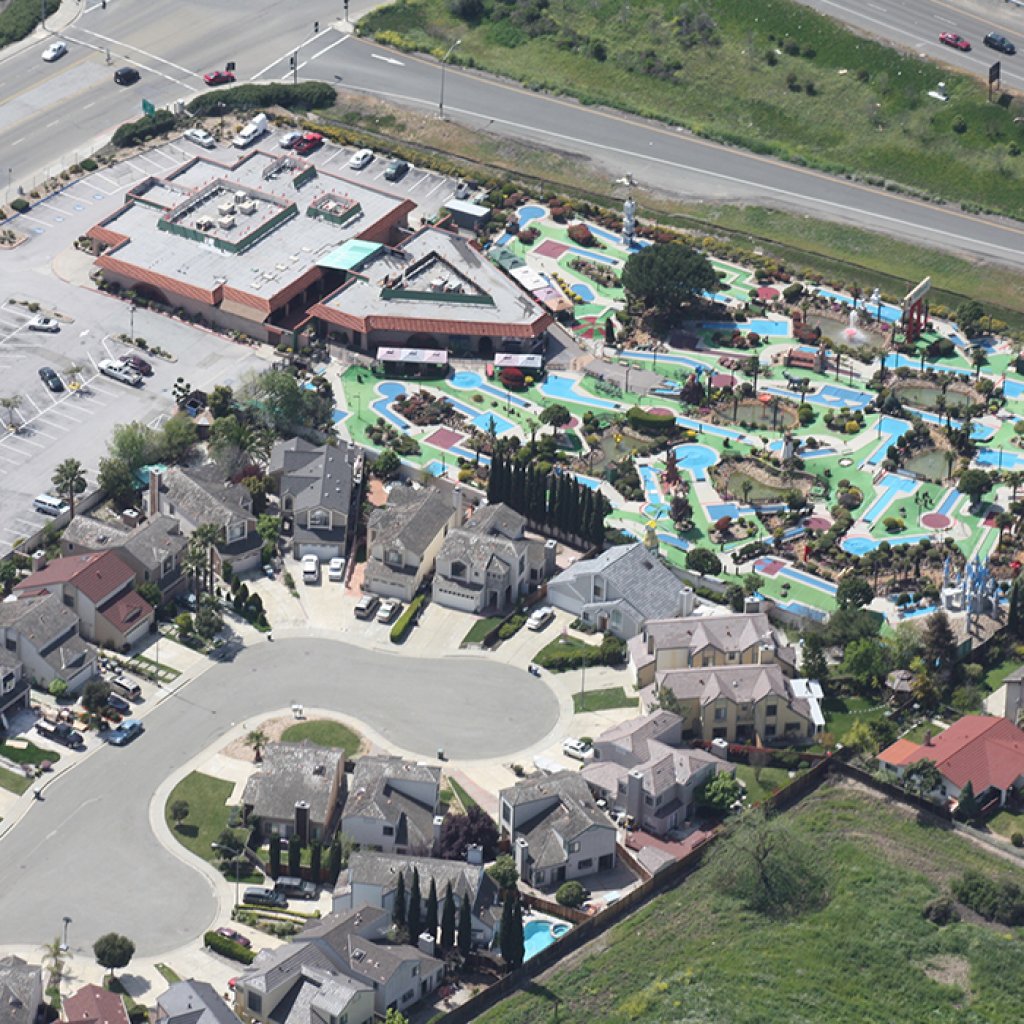Marketing Mixed-Use Properties

Mixed-Use developments blend residential, commercial, or industrial uses within a single property, entire city block or condensed neighborhood. Popular examples today include:
- Convenience stores situated in elsewise strictly residential areas.
- Buildings with apartments or condos above, and commercial businesses on the ground floor (a deli or dry cleaner, for example). Such retailers have the advantage of built-in customers.
- Office buildings with small retail and services, primarily for office workers.
- Live/work – residents can operate small businesses, a studio or workshop on the ground floor of the building where they live.
- Mixing hotel space and high-end multi-family residential (e.g. Ritz Carlton Residences).
Traditional (older) neighborhoods naturally evolved into Mixed-Use patterns, combining apartments on top of, or next to, store fronts and smaller, individual offices, particularly in congested urban areas, and usually with limited public transportation. With industrialization, trolleys, subways, and the Model T, however, came tighter zoning regulations; setting aside separate, restricted areas solely for residential, commercial or industrial uses. The same exclusive/excluding philosophy later applied to residential areas; purposely or unwittingly segregating houses into homogeneous groupings based on building size, construction style and/or minimum price points.
Since the 1990s, Mixed-Use zoning has again become desirable, even preferred – its attractiveness and benefits clearly recognized:
- Reduced distances between housing, workplaces and retail businesses
- Closer, more convenient access to fresh foods
- More eclectic building variety
- More compact development, thus dedicating more open space for walking, biking, etc.
- Stronger, more distinctive neighborhood character
There are others, mostly generational in nature, as Millennials, in particular, seek a greater degree of community engagement, promoting lifestyle not just living space – along with ever-increasing gentrification of once blighted urban areas, and retrofitting of abandoned warehouses into loft apartments, open area offices, trendy cafes and boutiques.
The increasing popularity of Mixed-Use properties is not without its challenges:
Investors likely need a commercial loan to buy Mixed-Use property, even where almost of the income is from the residential section of the building. As long as the property has some element of commercial usage, the buyer will have to qualify for a commercial loan. Institutional lenders are pickier since commercial loans are not so easily packaged and sold off as “conforming” residential mortgages. Commercial loan processing requires more hours and work; investors can expect higher interest rates, higher closing costs, and tougher, less flexible underwriting requirements.
Another concern today involves the current and future viability of commercial tenants sharing these properties – both the term of their leases and financial strength. For example, what kind of competition will the tenant be facing from online businesses offering the same products or services? What is the likelihood of a vacancy upon non-renewal of a lease. Are commercial businesses compatible with ever-changing neighborhood demographics?
Floor measurements in mixed-use properties also present challenges, as each property use has its own separate standards. “Mixed-Use Standards” promulgated by the Building Owners and Managers Association (BOMA) provide measurement methodology for Mixed-Use properties:
- Classification of components into use components, parking components and mixed-use common areas.
- Rentable and usable areas are measured using separate standards published by BOMA for each property component (residential, industrial, office, retail).
- Measuring the gross mixed-use exterior common areas are then “fairly” allocated among all occupants (usually an ongoing point of contention).

